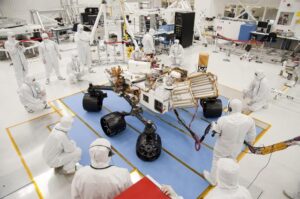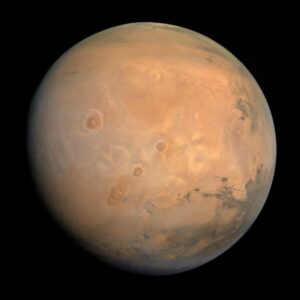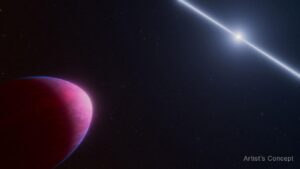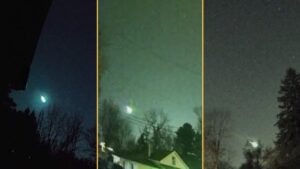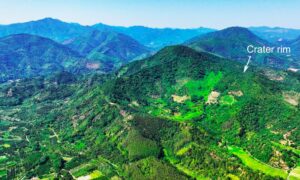Joel Lapointe was scouring the Cote-Nord region of Quebec for potential camping spots when he saw something unusual. There appeared to be a 15km wide circle surrounding Marsal Lake. Intrigued by the shape and symmetry of the peculiar formation, Lapointe contacted geophysicist Pierre Rochette. Rochette was immediately interested and put together a team to examine the site more closely.
“Looking at the topography, it’s very suggestive of impact,” Rochette told CBC. If they are correct it will be the first crater discovery since 2013. The satellite images suggest a 200-300m difference in altitude between the rim and base of the circular site.
Canada, a crater hotspot
We have only found 200 craters globally and 31 of them are in Canada.
“It’s quite easy with Google Earth to find structures that are circular or semi-circular in origin. Nine times out of 10 they’re not [craters],” Earth sciences professor, Gordon Osinski explained.
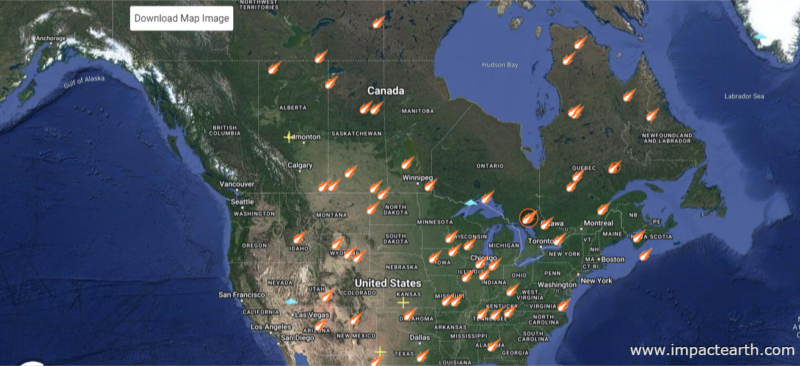
An interactive map created by Gordon Osinski and Impact Earth shows impact craters in North America. Image: Impact Earth
Despite the odds, the team is confident their investigation will prove this is an impact site. They are analyzing the first samples from the site and have already discovered that some contain the mineral zircon. Zircon forms after major impact events.
Rochette believes a meteorite may have formed the ring of small mountains surrounding Marsel Lake.
Shatter cones are the key
“Based on the already available preliminary evidence, Lake Marsal seems to be a serious candidate to become the 11th confirmed impact structure from Quebec,” researchers wrote in an analysis presented at the 86th Annual Meeting of the Meteoritical Society 2024.
The key to proving this site is the real deal is shatter cones. These are fractures that form in the bedrock beneath meteorite impact craters. “Those are essentially unequivocal evidence of meteorite impact,” Osinski said.
The team hopes to visit the site in 2025 and carry out more tests. If it is an impact site then the next step will be figuring out when the meteorite struck Earth.
“That’s the wonderful thing about impact craters. We get to have this link between Earth and the outside universe,” researcher Tara Hayden wrote.

